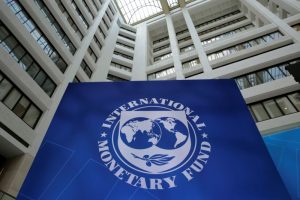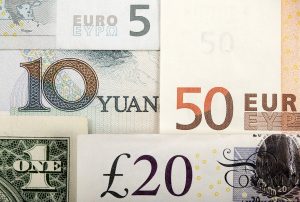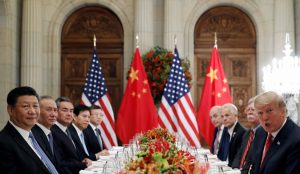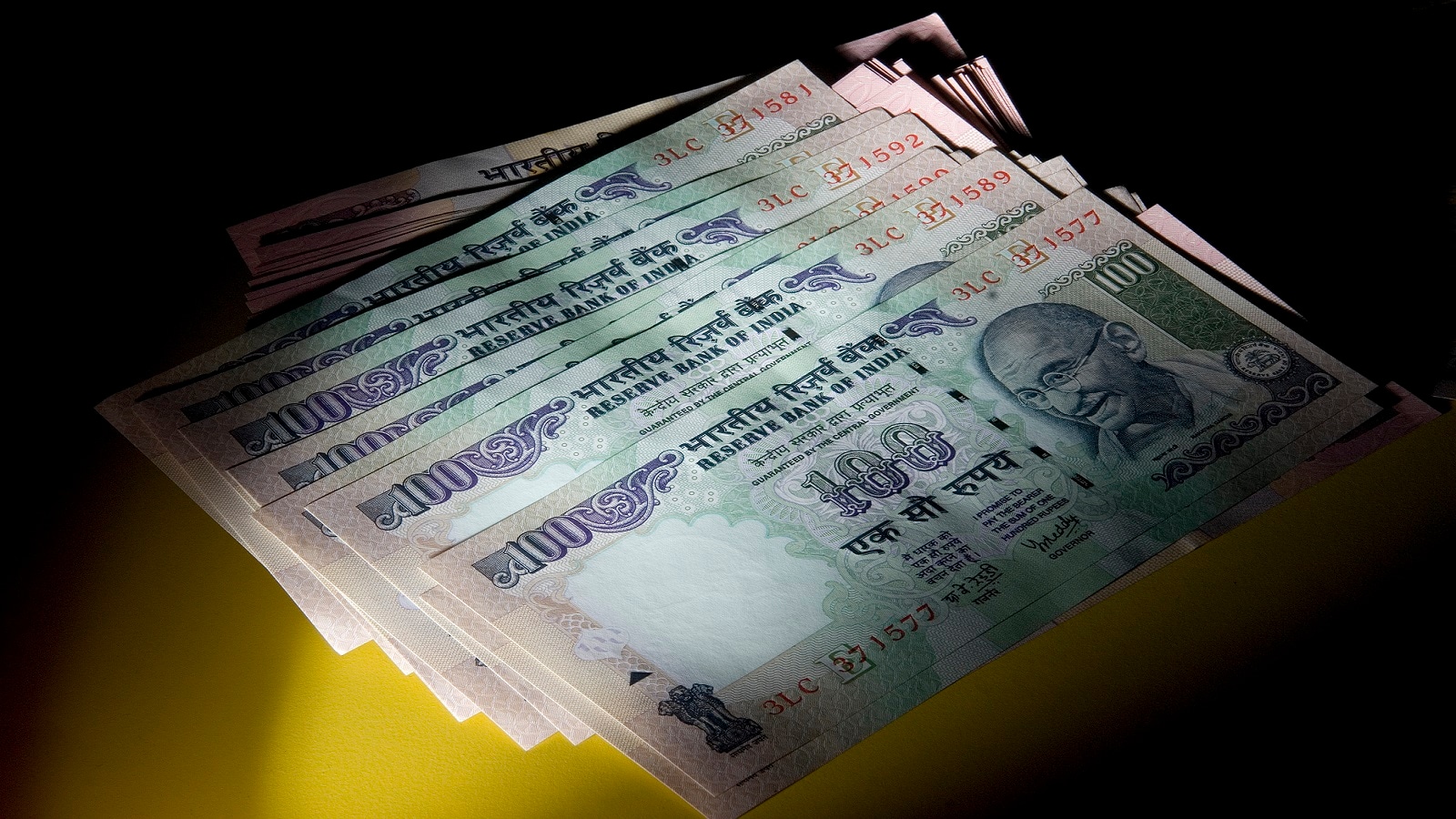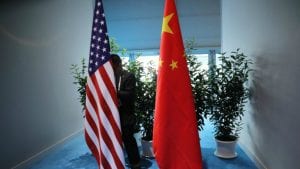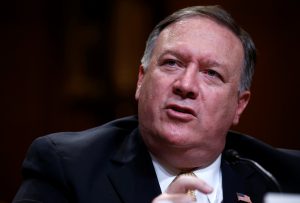Most emerging economies to grow this year, but the U.S. banking sector intensifies the risks: Report
Summary
The risk of currency weakness in emerging Asia is especially worrisome given its status as the cradle of the emerging markets recovery. Nowhere is this risk greater than in India, where a new bout of rupee weakness could force the RBI to press harder on the brakes, slowing India’s economic growth.
Emerging markets are not in the eye of the storm coursing through the U.S. banking sector, but they are in its orbit. Major emerging market currencies were mostly unchanged in the days following the closure of Silicon Valley Bank, says Moody’s Analytics.
While the reversal flows raises concern about a broader global recession and its repercussions for emerging markets, it is too early to call for the curtain on the recovery of emerging markets. In a report titled ‘Emerging Market View: Traversing a Storm’, Moody’s Analytics says “Grounded by our conviction that the U.S. banking system will hold firm, we are sticking to our call for most major emerging economies to grow this year. They will be supported by China’s economic rebound and the return of growth in Europe, and a Federal Reserve that must now balance risks to financial stability as well as inflation.”
While the expectations for U.S. growth this year and next are pared, the outlook for emerging economies is largely intact. Further, the report says elevated interest rates and uncertainty over the business and political climate will weigh on consumer and business spending and make growth this year barely positive. There is little that high commodity prices can do to reverse this.
In contrast to the crisis-laden 1990s and early 2000s, emerging markets have built up hard currency buffers and rely less on portfolio flows as a source of foreign capital. Their central banks have earned their stripes as diligent inflation fighters and the adoption of free-floating currencies makes them less vulnerable to external shocks.
So far, there is little in the hard data to suggest that emerging economies are struggling. Despite everything policymakers have done to make emerging markets economies more resilient, currencies and ultimately monetary policy decisions are shackled to the Fed in times of global distress.
The risk of currency weakness in emerging Asia is especially worrisome given its status as the cradle of the emerging markets recovery. Nowhere is this risk greater than in India, where a new bout of rupee weakness could force the RBI to press harder on the brakes, slowing India’s economic growth.
Also read: Stock Market Live Updates

Elon Musk forms several ‘X Holdings’ companies to fund potential Twitter buyout
3 Mins Read
Thursday’s filing dispelled some doubts, though Musk still has work to do. He and his advisers will spend the coming days vetting potential investors for the equity portion of his offer, according to people familiar with the matter


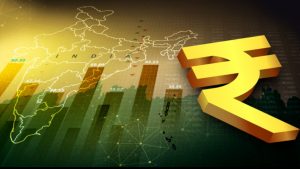






 Listen to the Article
Listen to the Article  Daily Newsletter
Daily Newsletter





